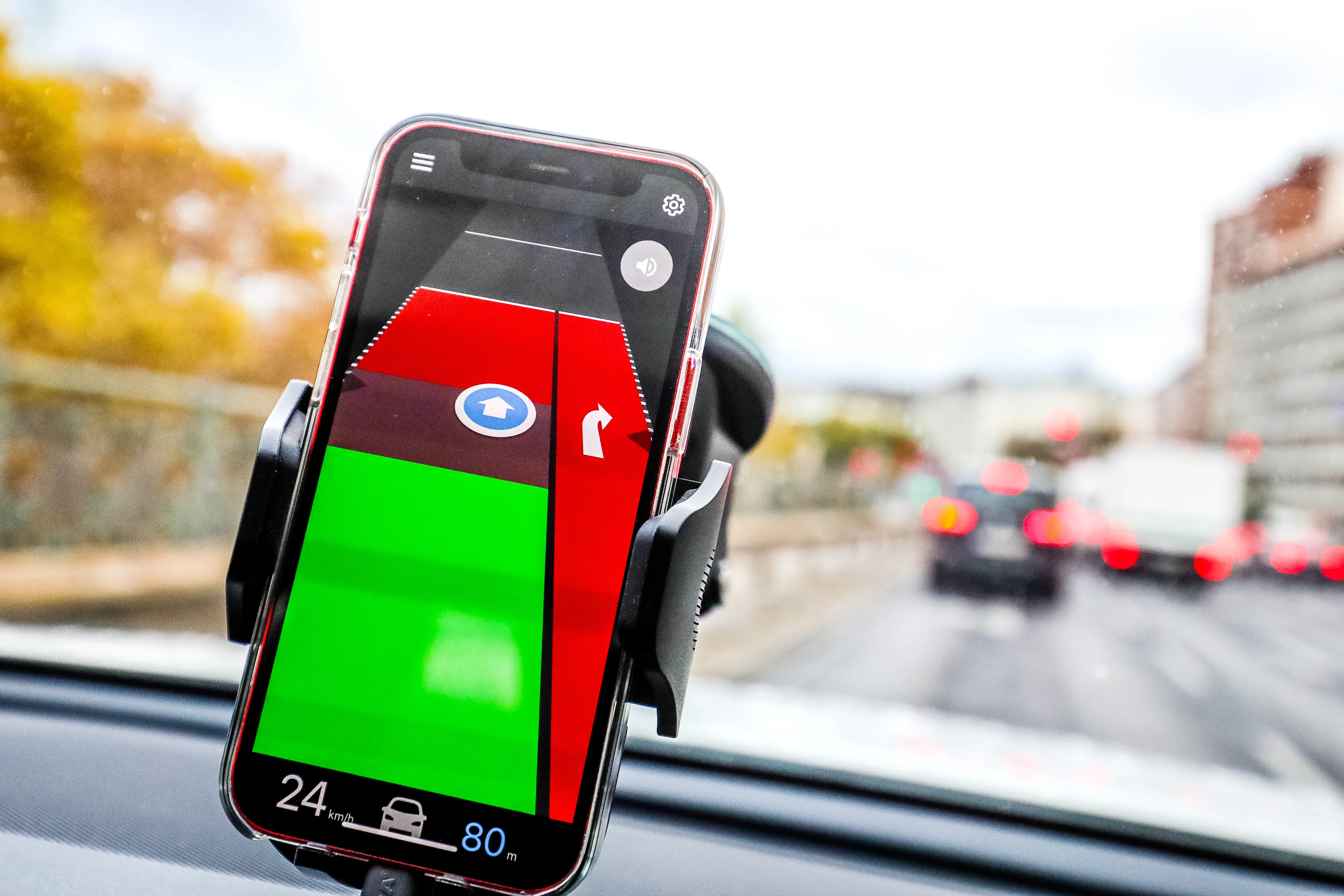Kapsch TrafficCom IVHS is to supply the Texas Department of Transportation with the company’s IDS 2.0 integrated incident detection system for the Washburn Tunnel in Houston, Texas. The non-invasive detection system will be linked to 14 fixed roadway cameras for detection of incidents in the two-way vehicular tunnel and up to six infrared intrusion detection cameras in the ventilation tunnel, enabling tunnel operators to provide cost-effective continuous 24/7 surveillance and monitoring. In South America, K
December 3, 2012
Read time: 2 mins
The non-invasive detection system will be linked to 14 fixed roadway cameras for detection of incidents in the two-way vehicular tunnel and up to six infrared intrusion detection cameras in the ventilation tunnel, enabling tunnel operators to provide cost-effective continuous 24/7 surveillance and monitoring.
In South America, Kapsch has won its first order for on-board units from Brazil. The order, from
The existing dual lane tolling system will be replaced by an open road configuration allowing free flowing traffic across all six lanes on the mainline motorway section,
together with six additional tolling points on the nearby on and off ramps to capture feeder traffic.
The new system comprises replacement roadside equipment plus a new back-office system that incorporates Kapsch’s image processing capability to provide higher levels of accuracy and automation on image-based tolling transactions.










